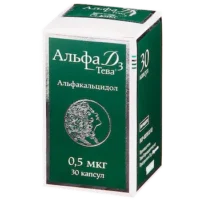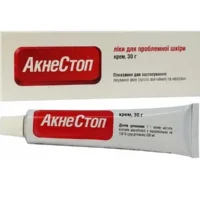Description
Letrozol Coated Tablets 2.5 mg. №30
Ingredients
Each coated tablet contains 2.5 mg of Letrozole as the active ingredient.
Mechanism of Action
Letrozole, the active ingredient in Letrozol tablets, is an aromatase inhibitor that works by reducing the production of estrogen in the body.
Pharmacological Properties
Letrozole inhibits aromatase, an enzyme involved in estrogen production, thereby reducing estrogen levels in postmenopausal women.
Indications for Use
Letrozol is indicated for the treatment of hormone receptor-positive early breast cancer in postmenopausal women.
Contraindications
Do not use Letrozol if you are pregnant, breastfeeding, or allergic to any of the ingredients in the product.
Side Effects
Common side effects of Letrozol may include hot flashes, fatigue, and joint pain. Consult your healthcare provider if you experience severe or persistent side effects.
Usage Instructions
The recommended dosage of Letrozol is one 2.5 mg coated tablet once daily, with or without food. Swallow the tablet whole with a glass of water. Do not crush or chew the tablet.
Benefits Compared to Analogues
Clinical studies have demonstrated the efficacy of Letrozole in improving disease-free survival and reducing the risk of cancer recurrence compared to tamoxifen.
Suitable Patient Groups
Letrozol is suitable for postmenopausal women with hormone receptor-positive early breast cancer.
Storage and Shelf Life
Store Letrozol in a cool, dry place away from direct sunlight. Check the expiration date on the packaging and do not use the product after the specified shelf life.
Packaging Description
Letrozol is available in a package containing 30 coated tablets, each tablet having a dosage of 2.5 mg.





